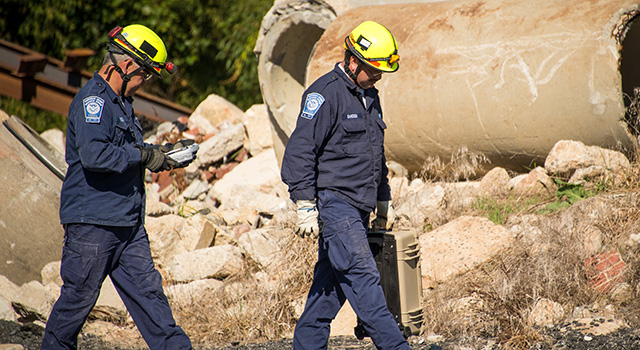Disaster recovery plan (DRP) and business continuity plan (BCP) are used together so often that people tend to forget the difference between the two. This article will, therefore, try to define the two terms from a practical point of view.
Both business recovery plan and disaster recovery plan in IT are very critical parts when running any modern organization which takes both its business and clients seriously. Today, there are many potential business disasters which can affect any organization. So, it can be unwise not to take actions to prepare for these disasters and try to prevent the devastating effects of such disasters.
Business recovery plan refers to the plans of how business should plan to continue in case of a disaster. Disaster recovery plan, on the other hand, is part of security planning put in place to secure an organization from the impacts of major negative events. This might sound weird, but at least now you know the difference.
These definitions are integrated into most organizations to the extent that they refer DRP as IT-DRP. At times, you will hear people in an organization say that they have a disaster recovery plan in place instead of business continuity plan and vice versa.
But, if you think practically, business continuity plan allows businesses to plan in advance the measures it needs to put in place to ensure that key products and services are delivered even after a disaster. Disaster recovery plan, on the other hand, enables organizations to plan what needs to be done immediately after a disaster, in order to recover from it as soon as possible.
Therefore, a business continuity plan gives your organization the steps it should follow to continue its key products and services while disaster recovery plan gives the organization the steps to follow to recover from an incident.
The parts of a business continuity plan include impact analysis, business continuity strategy, and business continuity plans. On the other hand, disaster recovery planning is made up of incidence response, emergency response, evacuation plans and damage assessment amongst others.
Both disaster recovery plan and business continuity plan are interdependent. These plans are so interdependent to the extent that they have been integrated to form one detailed plan which covers all unexpected issues that an organization can encounter. BCP and DRP can be used to identify the same aspects like communication factors, security features, and temporary locations.
However, these plans cover the issues that the other doesn’t cover. For example, the DRP can include preventive strategies that a business should take, like installing smoke detectors and conducting regular emergency response drills. The BCP then introduces strategies which will help the company maintain smooth operations, like obtaining disaster recovery loans and securing replacement equipment.
Also, business continuity and disaster recovery plan require periodic reviews, just like business and marketing plans. Even though BCP and DRP do not require quarterly reviews, they should be reviewed every year for consistency. These plans should always be adjusted as your organization changes and grows. The strategies should frequently be analyzed to ensure that they meet the required needs of your business.
Business owners should not only focus on the internal factors when developing disaster recovery and business recovery plans. They should also concentrate on the external factors. Businesses must put into consideration the needs of the customer, supplier deviations, environmental possibilities and economic demands.
For example, businesses must consider how their suppliers can be affected and how these plans can affect the ability of the business to operate. After doing these evaluations, the businesses should be able to have plans in place to help the business overcome the challenges brought by these plans.


Recent Comments